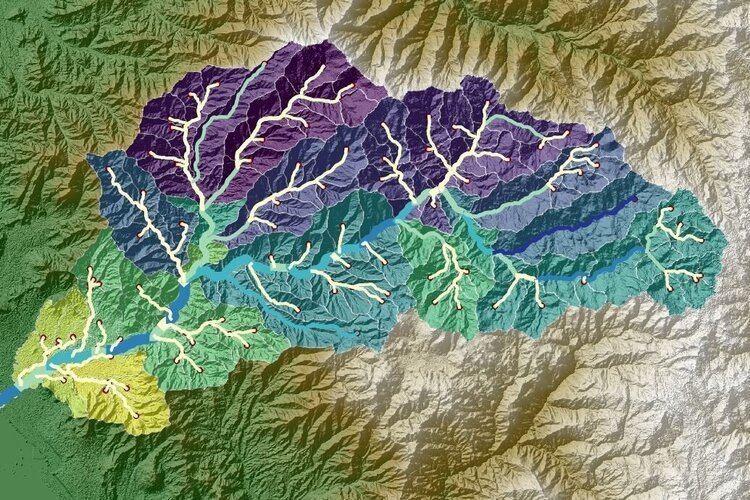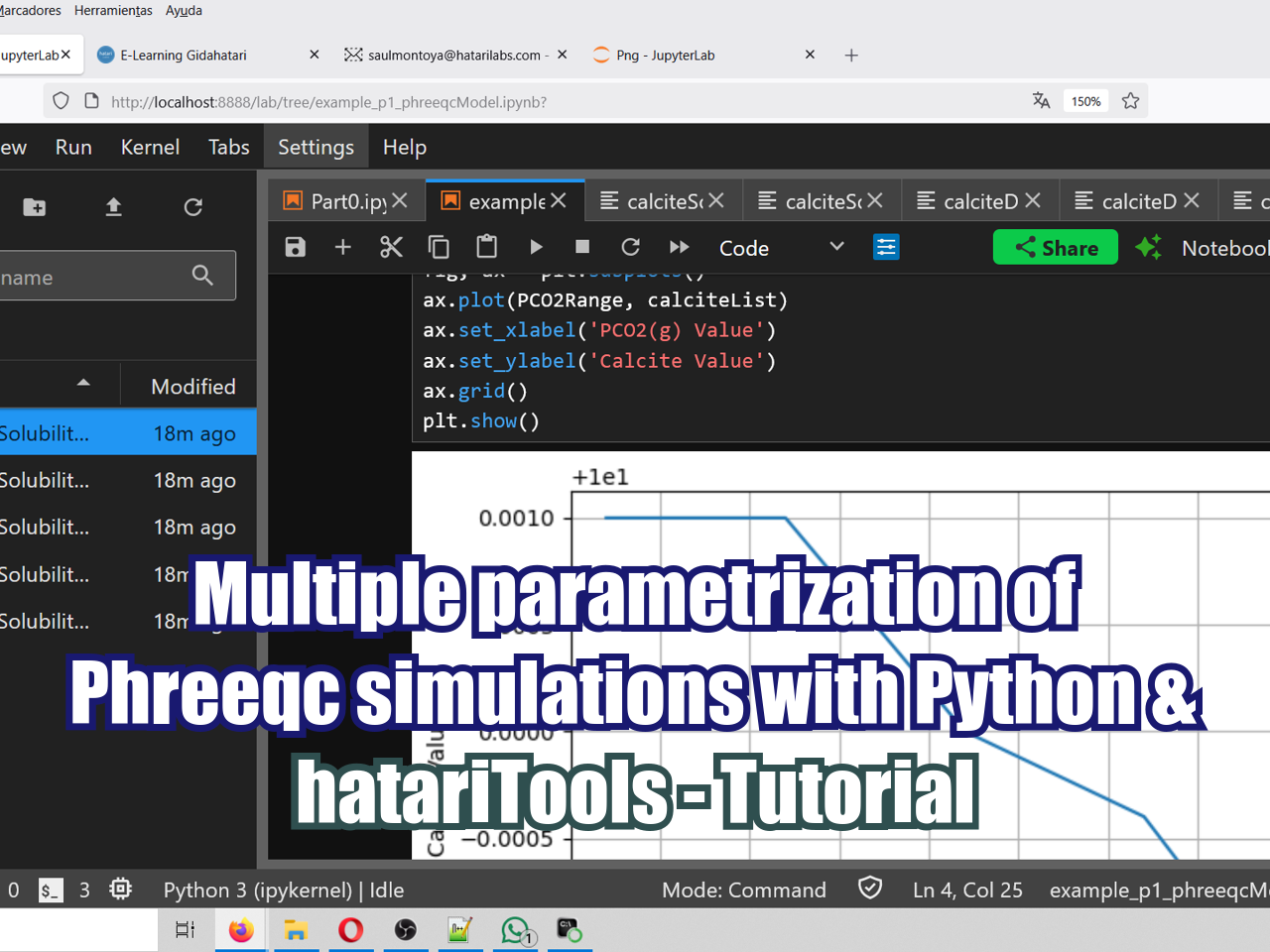Interactive representation of a geospatial raster with Python, Folium and Rasterio - Tutorial
/Sometimes we want to reproduce or want to get something similar to a desktop GIS environment on a Jupyter notebook with options to show/hide layers and select background maps, but there was a missing part on our effort and it was the raster representation.
We have developed an applied case of single band raster representation on a Jupyter notebook with Rasterio and Folium. The raster has to be in WGS84 and the script can be coupled with more Folium features for the representation of vector data, background maps, menus and popups.
Read More























